Fewer than 10 people control this $170 billion stablecoin empire.
Written by: David | Deep Tide TechFlow
On September 24, 2025, Bloomberg reported that the world's largest stablecoin issuer, Tether Holdings, is negotiating a new round of financing with investors, planning to sell 3% of its shares to raise $15-20 billion.
If calculated at the upper limit, this deal would value Tether at approximately $500 billion, making it one of the most valuable private companies in the world.
What does a $500 billion valuation mean?
For comparison, OpenAI was valued at about $300 billion in March this year, while SpaceX was valued at around $450 billion. Tether's target valuation of $500 billion even exceeds the combined market values of two top Wall Street giants, Goldman Sachs at $216 billion and Blackstone at $148 billion.
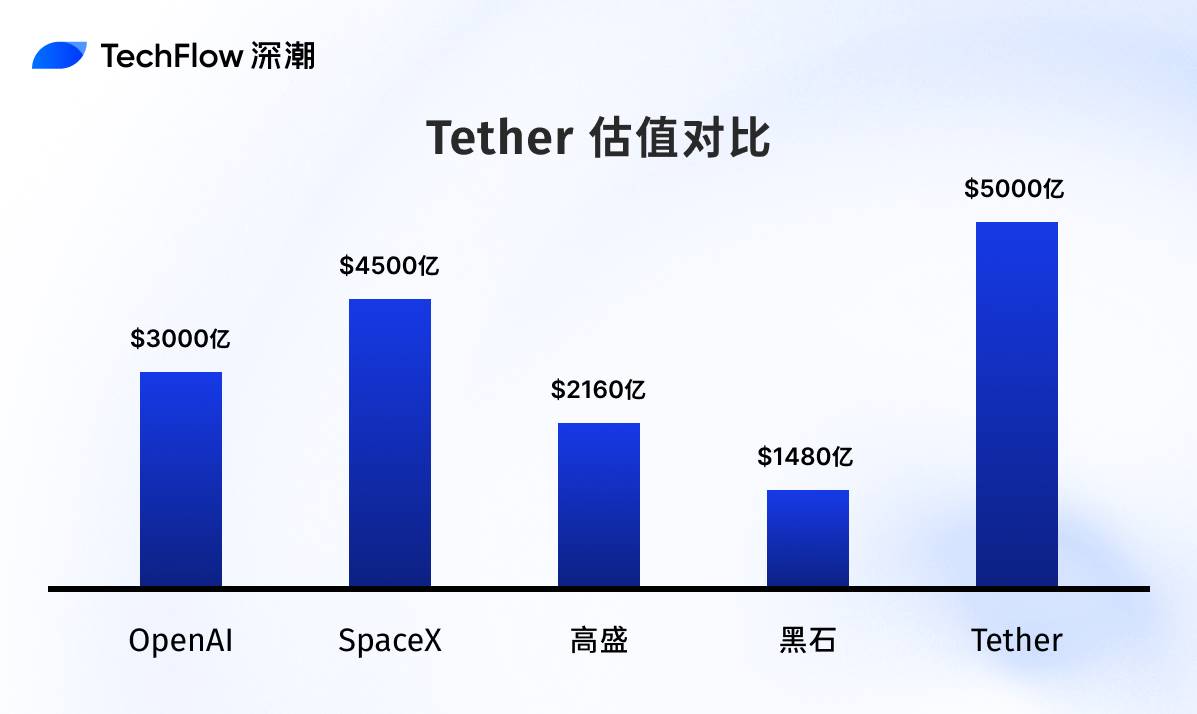
However, what is truly striking is not the company's valuation itself, but the people behind this number.
Those who directly or indirectly hold shares in Tether, if the deal goes through, may become the wealthiest individuals in the history of the cryptocurrency industry.
As a private company registered in the British Virgin Islands, Tether has never proactively disclosed its equity structure. This company, which controls a circulation of $170 billion USDT and almost monopolizes the global cryptocurrency trading infrastructure, has always kept its actual controllers hidden behind the scenes.
Until 2021, when investigation documents from the New York Attorney General's office and the U.S. Commodity Futures Trading Commission (CFTC) unexpectedly revealed some equity information; in 2024, the well-known media outlet Forbes further supplemented this puzzle through multiple sources.
Based on these fragmented but relatively reliable pieces of information, we can finally outline the wealth map behind Tether.
According to the $500 billion valuation, Tether's largest shareholder, a 61-year-old Italian, would hold over $200 billion in wealth, surpassing Buffett to become the fifth richest person in the world.
Other core shareholders would also enter the billionaire or hundred-millionaire club.
These long-hidden super-rich individuals finally have specific names and faces. Among them are a former plastic surgeon, a programmer who codes until dawn, a Dutchman who learned Chinese in Taiwan, and even a Chinese businessman currently serving time.
Behind each person is a story of unknown wealth accumulation.

Chairman: From Plastic Surgeon to Fifth Richest Person Globally
Giancarlo Devasini
Current Position: Chairman and CFO of Tether
Shareholding: 47%
Potential Net Worth: $235 billion (Fifth Richest Person Globally)

Giancarlo Devasini may be the most mysterious super-rich individual in the crypto world.
This 61-year-old Italian rarely makes public appearances, has no social media presence, and few public photos exist, yet he controls 47% of Tether's shares.
According to Bloomberg's Billionaires Index, if the $500 billion valuation comes true, he would surpass Buffett to become the fifth richest person in the world, behind Musk, Ellison (Oracle), Zuckerberg, and Bezos.
However, compared to the stability of his wealth, Devasini's life trajectory appears much more erratic.
In 1990, Giancarlo Devasini graduated from the University of Milan Medical School and became a plastic surgeon. Two years later, he abandoned this seemingly stable and respectable profession.
After leaving the hospital, Devasini entered the IT trade, importing computer parts and selling electronic products, doing whatever was profitable. In 1995, he was required by Microsoft to pay a settlement of 1 million lira for selling pirated software.
In 2008, a fire destroyed his warehouse, leading to the bankruptcy of his company. At that time, Devasini was 44 years old and returned to a state of having almost nothing.
But it was precisely this bankruptcy that pushed him into the crypto world. In 2012, he invested in the then-obscure Bitfinex exchange and gradually took over its operations.
At that time, the volatility of the crypto market was as extreme as it is today. Devasini also keenly identified the problem: the price fluctuations of BTC and others were too great to serve as payment tools.
In 2014, Devasini, along with tech genius Paolo Ardoino, launched a solution: Tether, a stablecoin pegged 1:1 to the U.S. dollar, but the process was not smooth.
At that time, the market's willingness to accept stablecoins was far less than it is today. Concerns about stablecoin reserves, audits, and bank runs were everywhere. Devasini personally broke ground, flying to the Bahamas, Switzerland, and Hong Kong, knocking on the doors of banks to find financial institutions willing to open accounts for this "suspicious" project.
In 2016, Bitfinex was hacked, losing 120,000 bitcoins, and everyone thought the company was finished.
Devasini proposed a solution, issuing debt tokens BFX to affected users, promising to buy them back while ensuring Tether continued to operate. The market accepted this seemingly pie-in-the-sky plan, and USDT began to grow explosively.
In 2018, Bitfinex had $850 million frozen by payment processor Crypto Capital, facing a liquidity crisis.
Devasini chose to draw funds from Tether's reserves to address the emergency, a decision that drew the attention of the New York Attorney General, who believed it affected the integrity of USDT's dollar reserves.
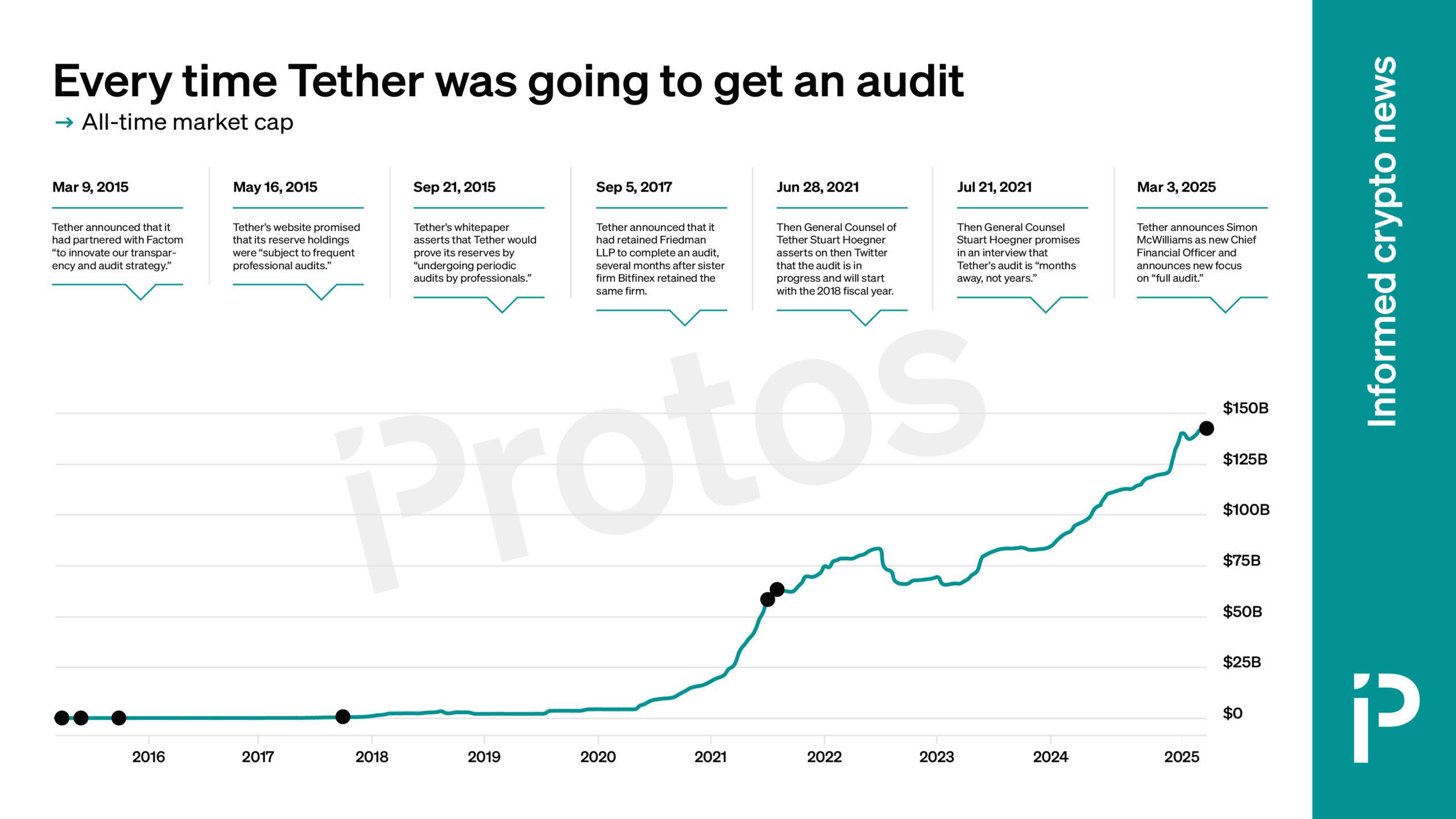
The investigation lasted two years, and Tether ultimately paid $18.5 million to settle, without admitting to any wrongdoing.
After several crises, Devasini's position became more solid. Public news and data show that his shareholding ratio increased from 43% in 2018 to 47% in 2024.
In March 2025, he was promoted from CFO to chairman, further consolidating his control.
Now 61 years old, Devasini still maintains an extremely low profile. He has no social media presence, rarely gives media interviews, and there are very few public photos of him. Between 2017 and 2023, he reportedly resided mainly in Lugano, Switzerland, where Tether signed a memorandum of cooperation with the local government to promote cryptocurrency applications.
(Related Reading: Satoshi Nakamoto Statue Sinks to the Bottom of the Lake, Anxiety of "Crypto Capital of Europe" Surfaces)
According to the New York Attorney General's 2021 investigation documents, Devasini played a core role in the operations of Tether and Bitfinex, including handling banking relationships and reserve management.
In 15 years, Devasini transformed from a doctor to a billionaire with a fortune of $200 billion.
CEO: The Coding Workhorse
Paolo Ardoino
Current Position: CEO of Tether
Shareholding: Approximately 20%
Potential Net Worth: $100 billion
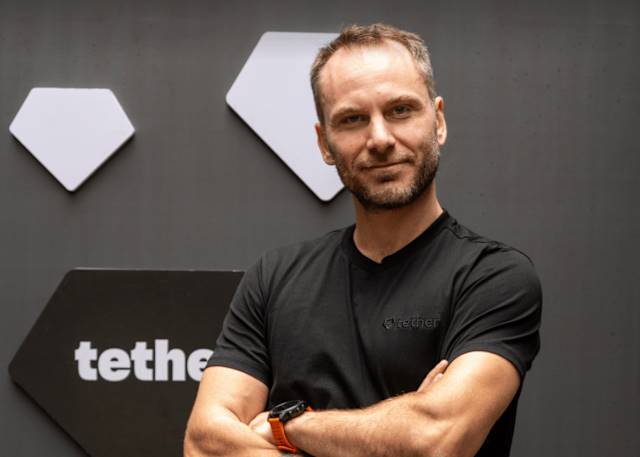
If Giancarlo Devasini is the mysterious brain behind Tether, then Paolo Ardoino is the public face of the company.
One rarely appears, while the other speaks out daily on Twitter; one gained control through capital operations, while the other earned shares through coding.
In 2017, Ardoino submitted 40,000 lines of code on GitHub, averaging over 100 submissions per day. This almost obsessive work intensity defined the rise of this Italian programmer.
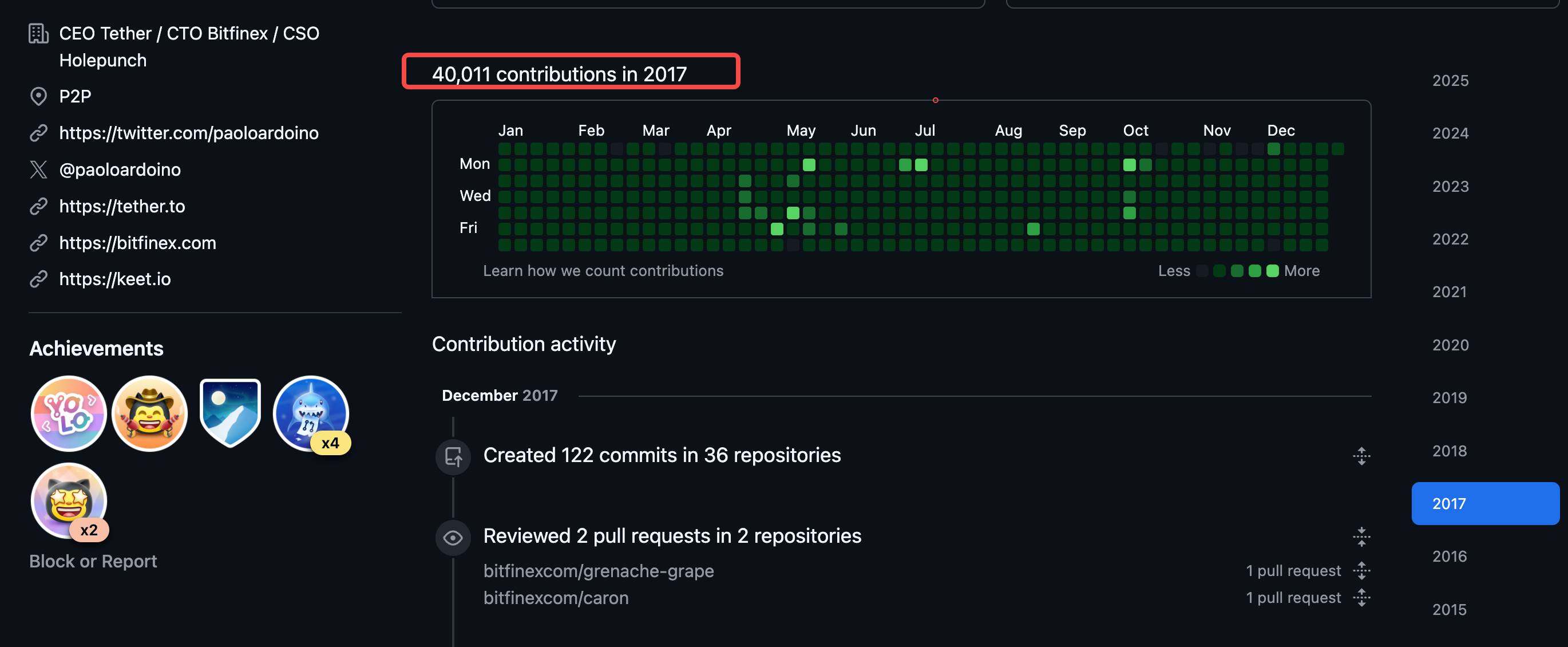
In 2014, he joined Bitfinex as a senior software developer, with shareholding details unknown at the time; by 2024, Forbes reported that he held about 20% of Tether's shares. If the $500 billion valuation comes true, it would mean a fortune of $100 billion.
Ardoino's connection with Devasini began in London in 2014. According to CoinDesk, Devasini was operating Bitfinex and recognized Ardoino's technical capabilities.
From a regular developer to CEO, Ardoino's promotion path was very clear: he became CTO in 2017 and took over as CEO in December 2023.
But even as CEO, he remains the person who works until dawn. His Twitter account @paoloardoino often sees him responding to technical questions late at night. When the media questions Tether, he immediately rebuts, such as directly calling a critical article from The Wall Street Journal a "clown article."
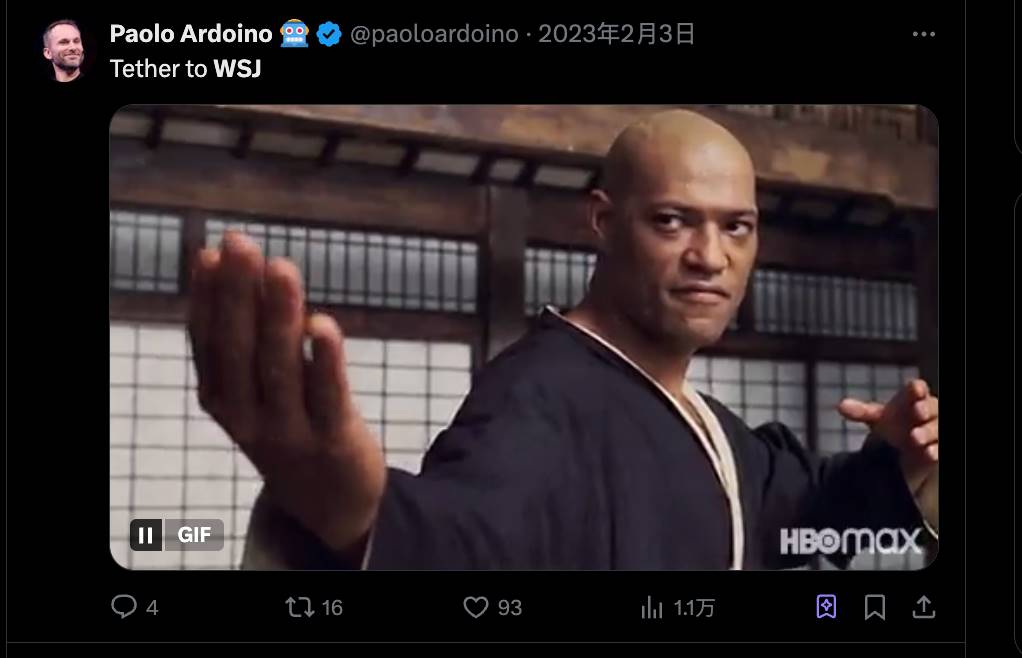
This frequent vocal style fills the information vacuum left by Devasini's low profile. In a stablecoin business that requires trust, Ardoino has become the person users can "see."
In addition to Tether, he also founded the peer-to-peer technology company Holepunch in 2022. Even with multiple roles, he admits he hasn't taken a formal vacation in nearly a decade.
"I've never been to Japan," he mentioned in an interview, "It's the homeland of video games and anime, and I've always wanted to go."
In April 2024, Forbes listed Ardoino among the world's cryptocurrency billionaires, with a valuation of $3.9 billion. But if Tether reaches a $500 billion valuation, that number would multiply by 25. At that point, he would join the global centibillionaire club.
Former CEO: Taiwanese Son-in-law, Often Visits Temples to Pray
Jean-Louis van der Velde
Current Position: Advisor to Tether, CEO of Bitfinex (Former Tether CEO)
Shareholding: 10-15%
Potential Net Worth: $50-75 billion
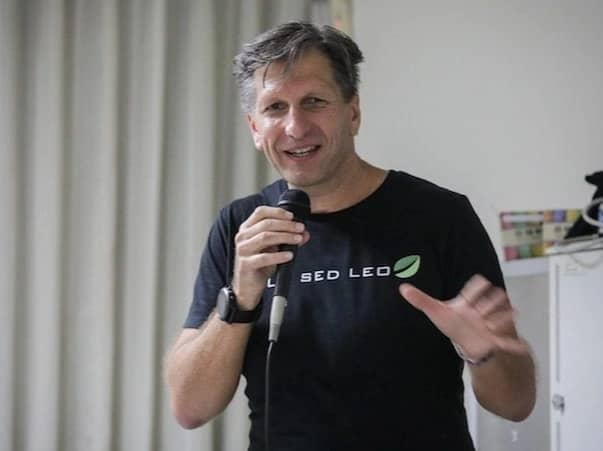
Among Tether's executive team, Jean-Louis van der Velde may be the most elusive.
This Dutchman’s Asian story began in 1985 when he left his hometown to study Chinese at National Taiwan Normal University. According to his LinkedIn profile, he never returned to the Netherlands after graduating in 1988 and instead rooted himself in Asia.
Nearly 40 years later, this former Chinese language student may hold hundreds of billions in wealth.
Van der Velde's rise in the crypto world has been relatively low-key. In 2013, he became a co-founder and CEO of Bitfinex. According to the company blog, his responsibilities at the time included "building the holding structure, focusing on developing and investing in fintech and big data-related technologies."
In simpler terms, he was responsible for establishing the company framework and external relations.
Regulatory documents from 2018 indicated that he held about 15% of Tether. By 2024, his specific shareholding ratio was no longer publicly disclosed, but Forbes still listed him among the crypto billionaires with a valuation of $3.9 billion. If he still holds 10-15% of shares, at a $500 billion valuation, his wealth would reach $50-75 billion.
Unlike Devasini's mystery and Ardoino's activity, Van der Velde chose another way of existing: present but invisible.
He has a position and shares but has made almost no public statements. Searching for his name reveals a wealth of position information but almost no personal details.
In October 2023, Van der Velde stepped down from his position as Tether CEO, passing the baton to Ardoino. However, he did not leave but transitioned to an advisory role while continuing as CEO of Bitfinex.

Public information about his personal life is scarce. According to his LinkedIn, he is fluent in five languages: Dutch, English, Chinese, German, and French. Beyond that, the most widely circulated detail comes from a Taiwanese media report:
His wife is Taiwanese, and he is deeply influenced by local culture. Due to the hardships of entrepreneurship, he visits a temple in northern Taiwan every year to light candles and pray for blessings, and even if he cannot be there in person, he will have someone do it for him.
The authenticity of this detail is hard to verify, but it does align with his image.
A Westerner deeply influenced by Asian culture, he is low-key and pragmatic, gradually building a crypto empire in the Eastern business landscape.
Interestingly, some have even questioned whether Van der Velde truly exists. Previously, a Twitter user jokingly asked, "Has anyone actually seen the CEO of Bitfinex?" This is, of course, an exaggeration but reflects his level of discretion.
This contrasts with most KOLs in the currently noisy crypto ecosystem; strong individuals may not need to be high-profile, to speak out, or even to be seen.
Of course, the premise is that you stood in the right position early enough.
Legal Advisor: Resigned, Leaving at the Peak
Stuart Hoegner
Former Position: General Counsel of Tether/Bitfinex
Shareholding: 13%
Potential Net Worth: $6.5 billion

In January 2025, Stuart Hoegner updated his Twitter bio: from "General Counsel of Bitfinex and Tether" to "Former General Counsel."
Hoegner has a unique identity label in the crypto world: @bitcoinlawyer. This Twitter account has been active since 2011, three years before Tether's inception.
While most lawyers were still studying the legality of Bitcoin, he was already providing legal services to the industry.
In 2014, Hoegner joined Bitfinex and subsequently became Tether's General Counsel. In this position, he safeguarded the two companies for 11 years. According to regulatory documents from 2018, he held about 15% of Tether. By 2024, Forbes reported that this ratio had decreased to 13%.
As a lawyer, Hoegner's work often found him at the center of storms. In 2019, when the New York Attorney General investigated Tether's $850 million funding issue, he led the legal team in response. In 2021, when the CFTC issued a $41 million fine to Tether regarding reserve issues, he was also responsible for negotiations.
However, unlike typical corporate lawyers, Hoegner is exceptionally active on social media.
His Twitter not only discusses legal issues but also frequently retweets pro-Bitcoin content and counters criticisms of Tether. This combative stance has made him a well-known figure in the crypto community.
His background is also quite storied. Before joining the crypto industry, Hoegner worked in the online poker industry. In 2008, while working at Ultimate Bet, the site was embroiled in a scandal involving insiders cheating using superuser accounts.
Interestingly, another lawyer from the Ultimate Bet incident, Daniel Friedberg, later became FTX's Chief Regulatory Officer and played a controversial role in the FTX collapse.
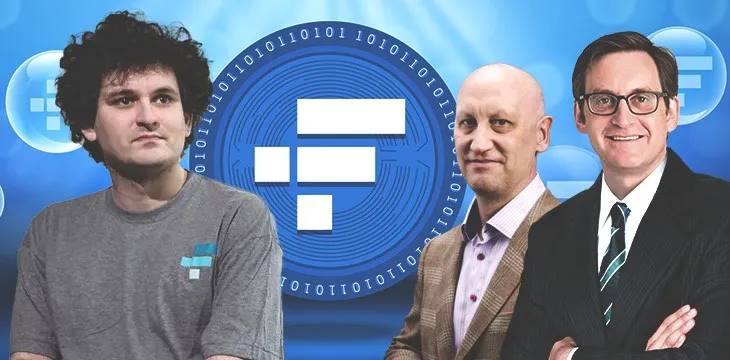
Two former colleagues have taken different paths in the crypto world.
One guided a company to a $500 billion valuation, while the other witnessed the collapse of the largest crypto empire in history.
Hoegner's retirement in January 2025 came at a subtle time. The EU's MiCA regulations had just come into effect, and U.S. stablecoin regulations were also accelerating.
As the legal head, he understood better than anyone the regulatory challenges ahead. Retirement may have been a strategic withdrawal.
If he still holds that 13% stake, the title of "former legal advisor" does not diminish his potential to become the richest lawyer in the crypto industry.
The Disappearing Fourth Mysterious Shareholder
Christopher Harborne (UK) / Chakrit Sakunkrit (Thailand)
Shareholding: 13% (2018 data)
Potential Net Worth: $6.5 billion
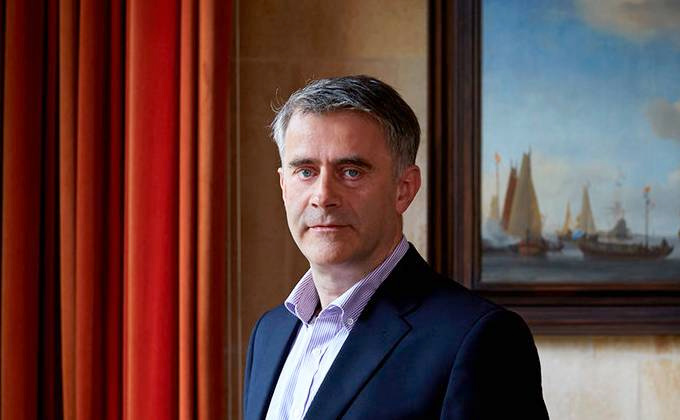
On Tether's shareholder list, there is one person even more mysterious than Van der Velde, who even has two names.
According to investigation documents from the New York Attorney General in 2021, in 2018, a businessman with dual British and Thai nationality held about 13% of Tether. In the UK, he is known as Christopher Harborne; in Thailand, he is known as Chakrit Sakunkrit.
He is the only "outsider" in Tether's equity structure. Neither a founding team member nor an executive, yet he holds shares comparable to the General Counsel.
Public information about Harborne/Sakunkrit is extremely limited. UK company registration records show he is involved in various fields, from aviation to tech investments. Information from Thailand is even scarcer, with only knowledge of his business activities under the name Chakrit Sakunkrit.
How he acquired Tether shares, when he invested, and the amount of investment remain unanswered key questions.
Even more puzzling is that after 2018, this name completely disappeared from all Tether-related documents and reports.
In Forbes' 2024 list of crypto billionaires, the aforementioned Devasini, Ardoino, Van der Velde, and Hoegner were listed, but Harborne was notably absent.
In the 2025 financing news, there is also no trace of him. A 13% stake, if calculated at a $500 billion valuation, would be worth $65 billion. Assuming he still has equity, he would clearly be Tether's most successful invisible investor.
In a company full of secrets, this person may be the biggest secret.
Wall Street Capital and the U.S. Secretary of Commerce
Institution: Cantor Fitzgerald
Investment Time: November 2024
Shareholding: 5%
Investment Amount: $600 million
Potential Value: $25 billion
In November 2024, Wall Street financial services company Cantor Fitzgerald purchased 5% of Tether for $600 million.
At this price, Tether was valued at only $12 billion. In comparison, its competitor Circle had a market capitalization of about $30 billion, while Tether's USDT circulation was more than double that of Circle's USDC.
Why was it so cheap? The answer may lie in timing and personal relationships.
The key figure in this transaction was Howard Lutnick, CEO of Cantor Fitzgerald. Shortly after completing the investment in November 2024, in January 2025, Lutnick was appointed as the U.S. Secretary of Commerce.
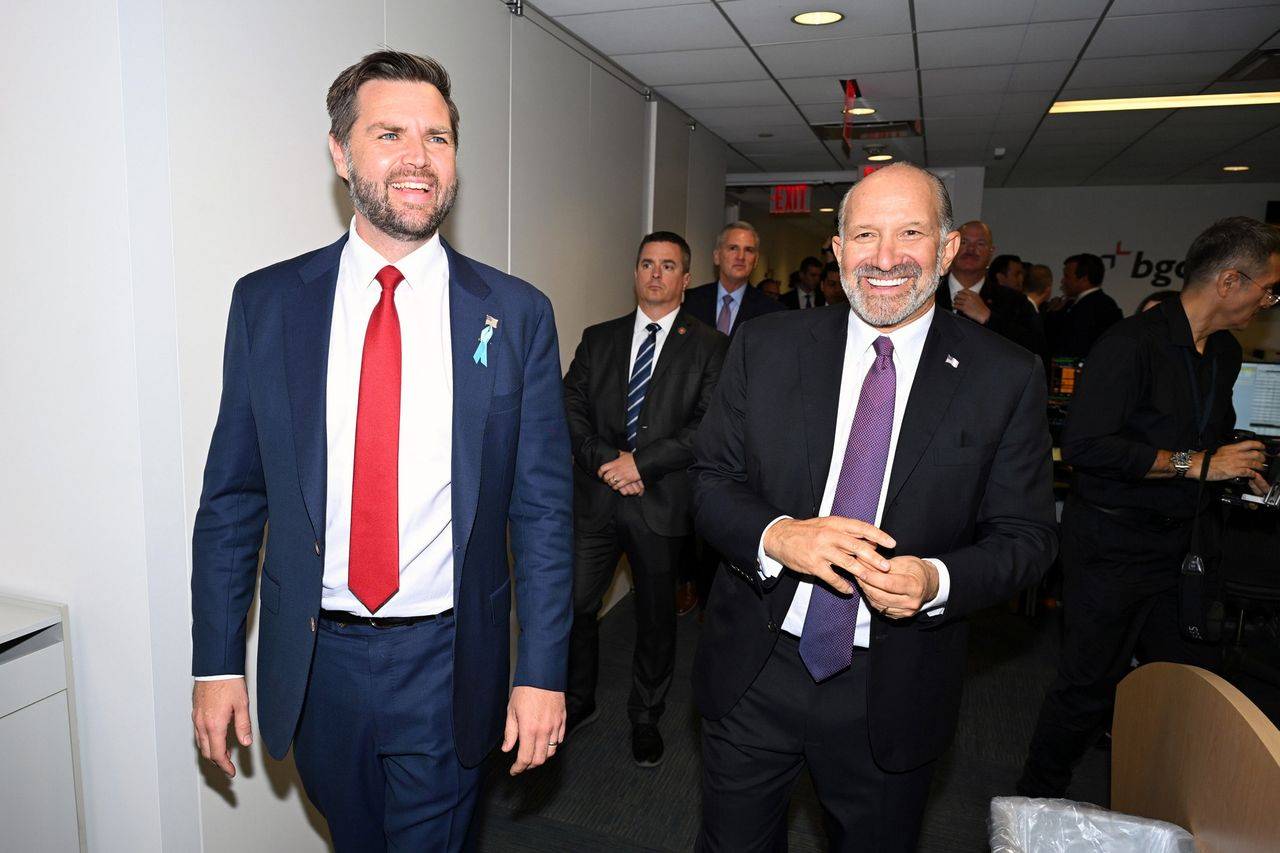
This timeline casts a special light on the acquisition of Tether shares. Critics argue that this was a "friendship price" deal, where Tether provided benefits to Lutnick, who was about to enter the government, at a low valuation.
An even more interesting detail is that, according to a report by Fortune magazine, Lutnick's son, Brandon Lutnick, works at Cantor and previously interned at Tether in Switzerland.
Regardless of the motives, from an investment return perspective, this could be one of the most successful transactions in Cantor Fitzgerald's history. If Tether reaches a $500 billion valuation, the $600 million investment would turn into $25 billion, yielding a return of over 40 times. Even if the valuation only reaches $250 billion, the return would still be 20 times.
Cantor Fitzgerald, established in 1945, is a long-standing financial institution on Wall Street. Their investment is significant for Tether: it marks the first mainstream U.S. financial institution to become a shareholder in Tether. In the context of increasing regulatory pressure, the endorsement value is immeasurable.
At the same time, over the past three years, Cantor Fitzgerald has been providing custodial services for the U.S. Treasury bonds that support Tether's stablecoin, which account for over 80% of the $132 billion assets backing the stablecoin.
According to a report by The Wall Street Journal, the company earned tens of millions of dollars in commissions for providing this service.
The more practical value may lie in Cantor's financial network. One of Tether's long-standing challenges has been banking relationships. As a regulated financial institution in the U.S., Cantor's involvement could open new banking channels for Tether.
From another perspective, Cantor's investment represents a shift in Wall Street's attitude toward cryptocurrency. No longer just observing or providing services, they are now directly becoming shareholders and sharing in the growth dividends.
Howard Lutnick holds dual identities, being the CEO at the time of investment and now the Secretary of Commerce.
Whether this influenced the transaction price is uncertain, but what is clear is that Tether now has an indirect connection at the highest levels of the U.S. government.
Passive Billionaire in Domestic Prison
Zhao Dong
Identity: Bitfinex shareholder, founder of RenrenBit
Shareholding: 5% of Bitfinex
Potential Wealth: Billions of dollars, indirectly benefiting through the iFinex structure
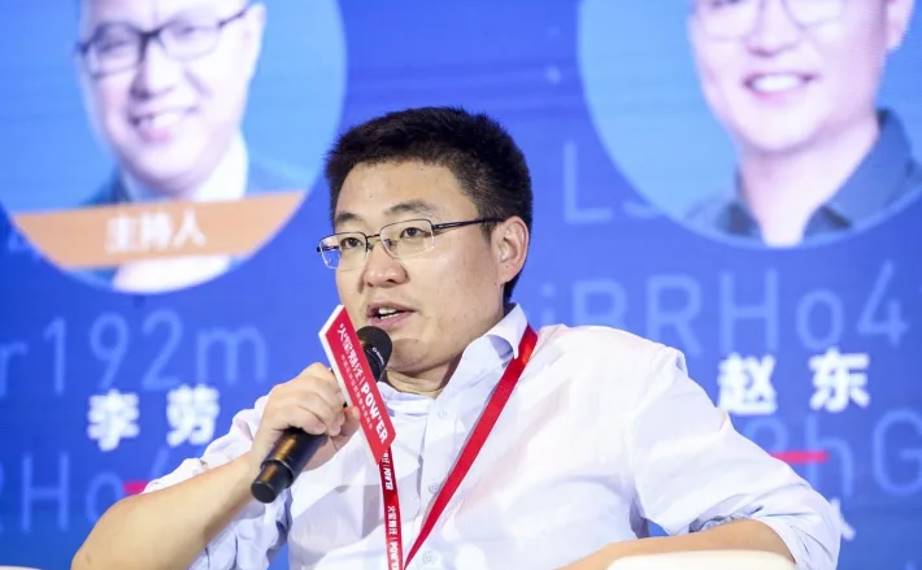
Zhao Dong may be the most dramatic figure in Tether's wealth creation story.
In August 2016, Bitfinex suffered a hack, losing 120,000 bitcoins. During this crisis, this Chinese bitcoin whale became an unexpected protagonist.
To address the losses, Bitfinex proposed a compensation plan, issuing BFX tokens to affected users, with each token representing a $1 loss. Zhao Dong was one of the affected users at the time, but instead of cutting his losses, he accepted Bitfinex's debt-to-equity conversion plan.
He acquired more tokens from other users and ultimately converted all these tokens into iFinex equity. This decision transformed him from a victim into a shareholder of Bitfinex.
In April 2017, Bitfinex completed the redemption of all BFX tokens, and users who chose the debt-to-equity option became permanent shareholders of the exchange. With the rapid growth of Bitfinex and its affiliate Tether, the value of these early shares has multiplied several times.
According to public reports, Bitfinex CTO Paolo Ardoino stated that Zhao Dong's shareholding in Bitfinex is below 5%.
Although the percentage is not high, considering that Bitfinex and Tether are both under iFinex and share management and shareholder structures, the value of this equity may far exceed the surface numbers.
Zhao Dong's status in the domestic crypto circle is unique and sensitive.
He is a co-founder of Moji Weather, which he successfully cashed out of in 2012. He entered the bitcoin world in 2013, reportedly holding 10,000 bitcoins at his peak. He founded the OTC trading platform RenrenBit, which was once one of China's largest over-the-counter traders.
More importantly, he is the unofficial "spokesperson" for Tether in China.
In January 2018, Zhao Dong posted on Weibo that during a meeting with Tether CFO Giancarlo in Tokyo, he saw a bank account balance exceeding $3 billion. As a well-known figure in the crypto circle, his statement attracted widespread attention.
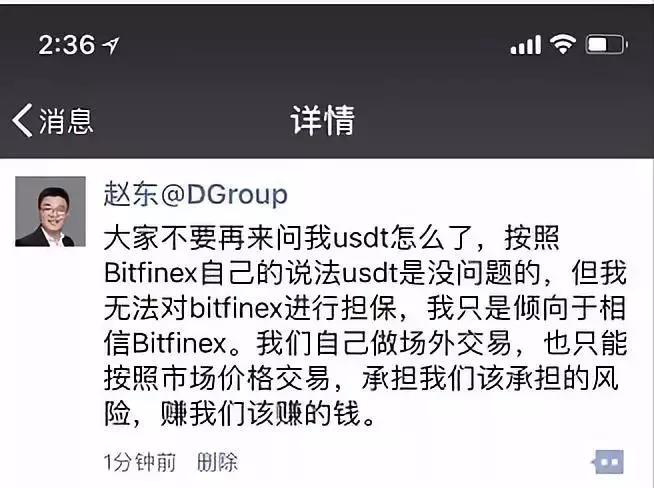
In June 2020, everything came to a halt.
According to multiple media reports, Zhao Dong was taken away by the police on charges of money laundering and illegal operations. In 2021, reports emerged that he was sentenced to several years in prison. The specific details of the case have never been made public, but it is widely believed to be related to his OTC business.
Ironically, the years Zhao Dong spent in prison coincided with the most frenzied period in the cryptocurrency market.
From 2020 to 2024, bitcoin rose from $10,000 to over $70,000, and the circulation of USDT grew from $10 billion to $170 billion. If his Bitfinex shares were still intact, their value could have multiplied several times.
If Zhao Dong's Bitfinex shares were not disposed of, he might indirectly benefit from Tether's valuation growth through the iFinex structure. Even with less than 5% indirect equity, at a $500 billion valuation, it would still mean billions of dollars in wealth.
But all of this is hypothetical. His "passive holding" seems more like fate making a choice for him.
Ultimately, if Tether completes its financing, it will represent the largest wealth creation in the history of the crypto industry.
Fewer than 10 individuals control the vast majority of the $170 billion stablecoin empire of Tether. Among them, Giancarlo Devasini alone holds 47%; the remaining big players are often not in the spotlight of the crypto industry.
This may be the wealth code of the crypto era:
It's not about decentralization, but about quietly standing at the center of the wind at the right time.
免责声明:本文章仅代表作者个人观点,不代表本平台的立场和观点。本文章仅供信息分享,不构成对任何人的任何投资建议。用户与作者之间的任何争议,与本平台无关。如网页中刊载的文章或图片涉及侵权,请提供相关的权利证明和身份证明发送邮件到support@aicoin.com,本平台相关工作人员将会进行核查。




